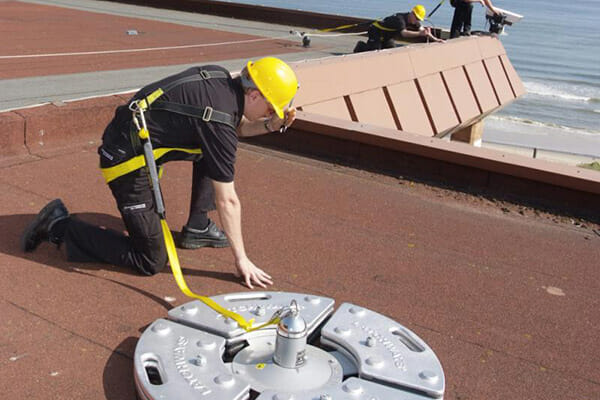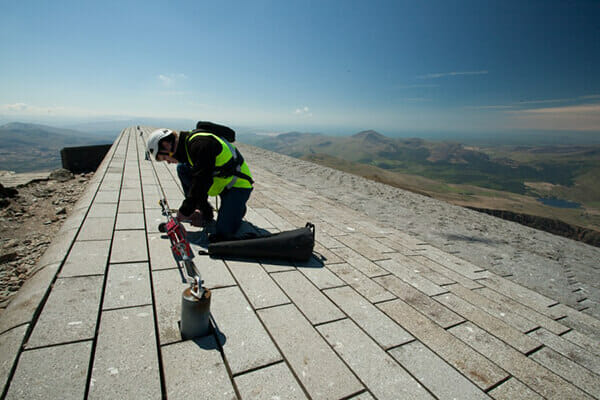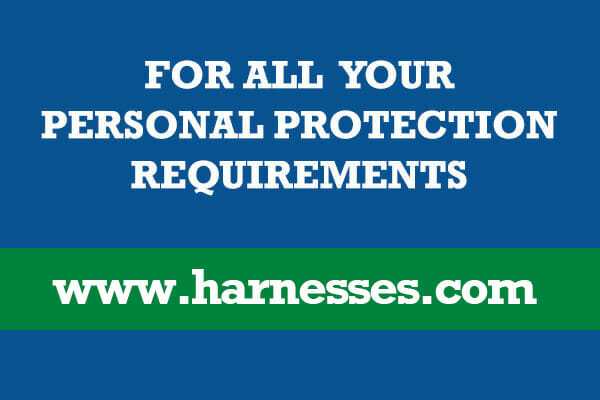Fitting Advice for Safety Harnesses.
Correct fitting and adjustment of a safety harness is essential whenever a user connects to a fall arrest or fall restraint system.
A poorly fitted harness can significantly reduce protection and increase the risk of injury during a fall.
Before Fitting – Essential Pre-Use Checks.
Always carry out a full pre-use inspection of your harness and associated PPE, ensuring:
- All webbing is free from cuts, fraying, glazing, contamination, or UV damage.
- Buckles, adjusters and connectors operate correctly without sticking or deformation.
- Stitching is intact and not loose or broken.
- All labels are present and legible.
- The equipment is within the manufacturer’s recommended service life.
Inspect equipment again after fitting to ensure nothing twisted, slackened, or mis-routed during donning.
System Compatibility.
All components used within the fall protection system must be compatible and approved for use together.
- Always refer to the user instructions for each item.
- Never mix equipment unless the manufacturer confirms compatibility.
- When in doubt, seek technical advice.
Key Safety Points.
- For fall arrest applications, only use the harness with a CE-approved full fall arrest system.
- All karabiners and connectors must comply with EN 362 (UK/EU) and be fully closed and locked during use.
- Only connect steel chest and dorsal (rear D-ring) attachment points to fall arrest or work-positioning systems.
- Protect equipment from sharp edges, abrasive surfaces, or corrosive/chemical substances.
- Avoid exposure to hot surfaces and gases, including welding, cutting, or blow-torch work.
How to Properly Fit a Safety Harness.
Follow these 7 essential steps:
- 1. Locate the dorsal attachment point
- Identify the rear D-ring before lifting the harness; this makes orientation easier.
- 2. Put the harness on like a jacket
- Lift the harness and place it over both shoulders, ensuring straps are not twisted.
- 3. Fasten the chest strap
Connect the chest buckle and tighten by pulling the free end of the webbing.
Do not over-tighten.
The two front straps (A + B) should remain as parallel as possible to minimise potential chest injury in a fall.
4. Connect the thigh straps
- Left strap to left buckle
- Right strap to right buckle
Do not cross the straps.
5. Adjust the thigh straps
Tension each leg strap by pulling the free webbing, then secure the web tidy to prevent loosening.
6. Final tensioning
Adjust shoulder and chest straps so the harness fits snugly without restricting movement.
7. Comfort check
When standing upright, the harness should feel:
- secure
- balanced
- free from pressure on the chest, shoulders, or pelvic area
A harness that is comfortable and properly tensioned is far more likely to perform correctly in the event of a fall.





